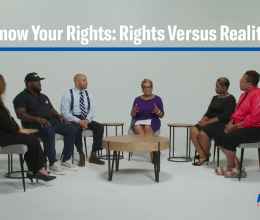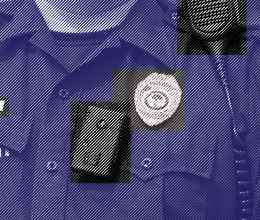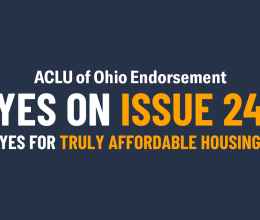Are people right to say that if you don’t break the law police won’t bother you? Is it true that if you obey police orders you won’t get hurt?
Not if you live in Cleveland—or in Ferguson, Missouri, for that matter.
Forcing Change
Before the U.S. Department of Justice (DOJ) released their findings that Cleveland police engaged in a “pattern or practice of excessive force,” they analyzed a decade of complaints and lawsuits filed against Cleveland police officers. Held together, they revealed a pattern of abuses that have required the city to seek recommendations from the community on how to reform the department.
Following the release of the DOJ report, the Cleveland Plain Dealer published several articles documenting individual lawsuits filed against the Cleveland Police Department. The “Forcing Change” series included stories of settlements of $1,125 when a man was arrested for trying to return a lost wallet to officers, $7,000 when two men were beaten by police after they found a single marijuana plant in their house, $54,000 to a man shot in the stomach while carrying a licensed gun in his waistband, to $250,000 for the family of a man fatally shot in the back when fleeing a traffic stop.
These individual encounters are often dismissed due to accusations of bad behavior on the part of citizens. This series is important because it gives readers the ability to see the troubling details of single incidents next to others that look shockingly similar. The easy conclusions that obeying the law and listening to police directives fail to hold water as each story unfolds.
Read our recommendations to the Department of Justice regarding the Cleveland Police Department.
Pattern and Practice
Just this week, the DOJ released the results of their investigation into the Ferguson Police Department. Launched after the shooting of Michael Brown, this report revealed a practice of racial profiling and excessive use of force against the city’s African-American residents.
While the population of Ferguson is 67 percent black, the investigation found that African-Americans from 2012 to 2014 were subject to:
- 85 percent of vehicle stops.
- 88 percent of use of force.
- 90 percent of citations.
- 93 percent of arrests.
These patterns of disproportionate contact and enforcement against communities of color laid the foundation for the tensions that flared this past summer.
It’s important to know your rights and know what to do when interacting with the police. Following the law is usually good advice, too. But these reports and the “Forcing Change” series reveal that the relationship between the police and communities they serve is far more complex and troubling than many would like to acknowledge.
Continued pressure and community dialogue is necessary to ensure that the public is protected by police, instead of needing protections from them.







